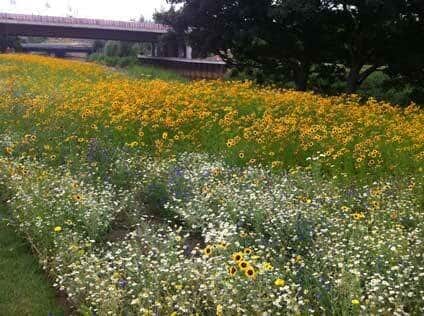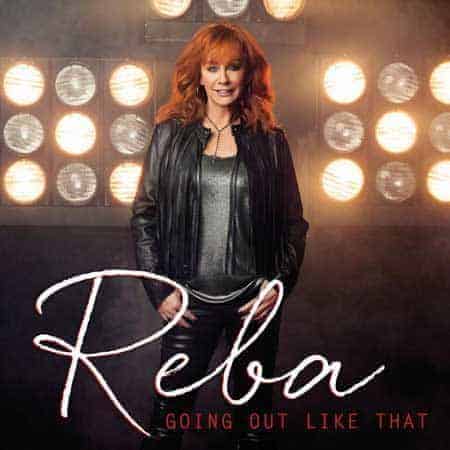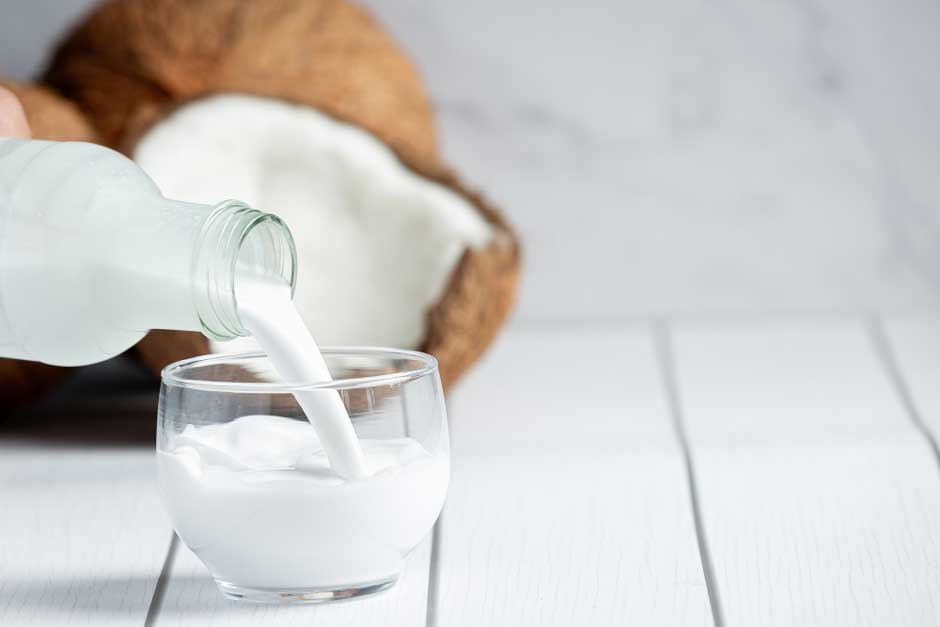The term ‘wildflowers’ might fill you with a sense of uncertainty. Surely, I can’t be about to tell you to start gardening with dandelions, daisies and nettles?
Though these plants do have some beauty in their own way, they’re certainly a long way from the flamboyant and beautiful garden flowers many of us are used too. But with that beauty comes a lot of time and effort; many specimens are far from easy to grow. So, after your initial inspiration ebbs, the gorgeous blooms you bought at the garden centre begin to fade and die, and before you know it, you’re back to where you started. But, this is not the case with wildflowers because, when planted properly, they’ll fill any patch with colour and vibrancy for years to come.
Why plant wildflowers?
There are many reasons why wildflowers are an excellent choice, especially if you don’t want to spend hours tending your oasis. The main one, of course, is beauty. Okay, so you might not think a dandelion is anything special, but what about a cowslip or corn poppy? The name ‘Ragged Robin’ might not suggest any real beauty, but in reality, the feathered petals create a haze of pale pink tufts poking above the grassy stems of a meadow. And then there are the thousands of species of orchids too, which will if conditions are right, seed themselves right into your garden and create a real talking point.
Wildflower patches are easy
The thing I really love about wildflower areas is that they’re super easy to look after. Gardening is often about changing the environment to suit a plant. You need to vary moisture levels, sunlight and even soil PH depending on what a specimen needs. With wildflowers, native plants, there’s none of this as, on the whole, they’re already suited to the environment because that’s where they’ve evolved. Easy!
At the start of the year, only dig over an area of ground and remove as much of the grass as possible. Rake the surface so it’s flat and firm it down gently, leaving a few millimetres of loose soil on the top. Scatter your wildflower seed mix evenly over the surface, water and then leave.
Literally, that’s it.
If it’s very dry, you may need to water a little more over subsequent days, but the seeds will soon germinate and begin to thrive. Choose a packet that’s mixed with annuals and perennials. It means you’ll get flowers in the summer while your perennial plants have a chance to establish themselves. It’ll be these plants that bloom, later on, meaning you don’t have to buy more seed every spring. Year on year, you’ll have nothing to do other than scythe the patch down in late autumn, removing the strimmed plants to a compost heap to keep the soil’s fertility low, and pull out clumps of suffocating grass now and then.
It’s good for the environment
If you’re a fan of regimented ornamental borders, then a wildflower patch isn’t for you. Everyone else? Try this! It’s good for wildlife (especially bees, on which we SO depend), it’s an easy way to garden, it’s cheap and it’s incredibly beautiful. I’m currently about to sow a 1.5-acre wildflower meadow (check out my wildflower progress via the link in my bio), but you don’t have to do anything near this scale – a small patch in a sunny area of your garden is perfect.
Every garden has a patch where you can create this easy, no fuss garden. And, you may just find that you fall in love with wildflowers so much that your ‘little’ patch creeps larger and wider each year!















